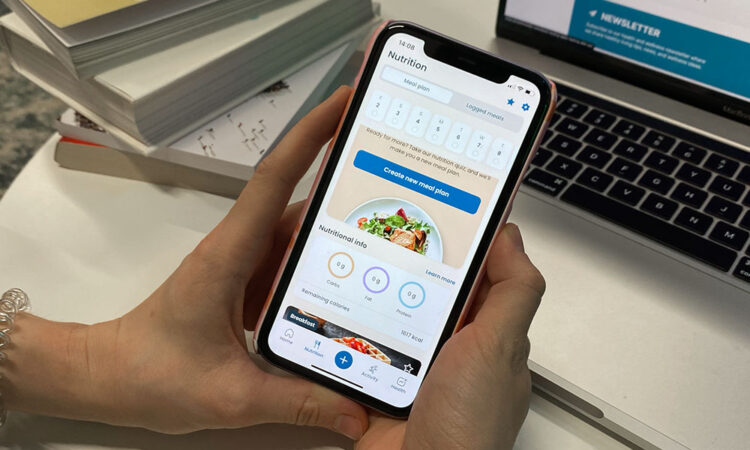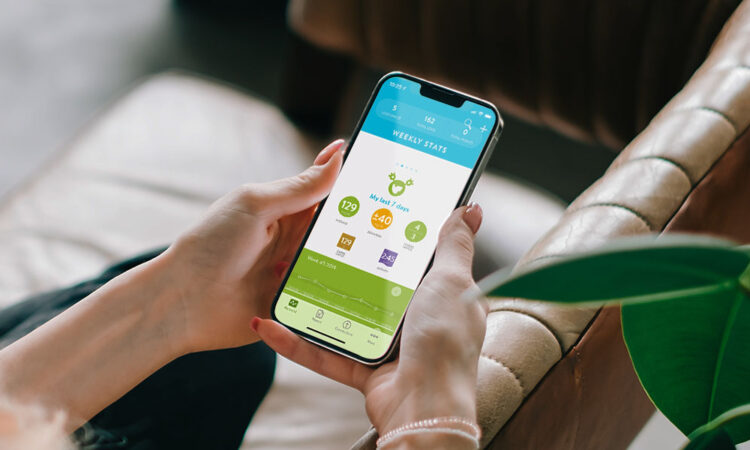 Diabetes
3 Main Advantages of This Diet Compared to Injectable Treatments for Lowering Your Blood Sugar Levels
Read more
Diabetes
3 Main Advantages of This Diet Compared to Injectable Treatments for Lowering Your Blood Sugar Levels
Read more Diabetes
 Diabetes
3 Main Advantages of This Diet Compared to Injectable Treatments for Lowering Your Blood Sugar Levels
Read more
Diabetes
3 Main Advantages of This Diet Compared to Injectable Treatments for Lowering Your Blood Sugar Levels
Read more 






